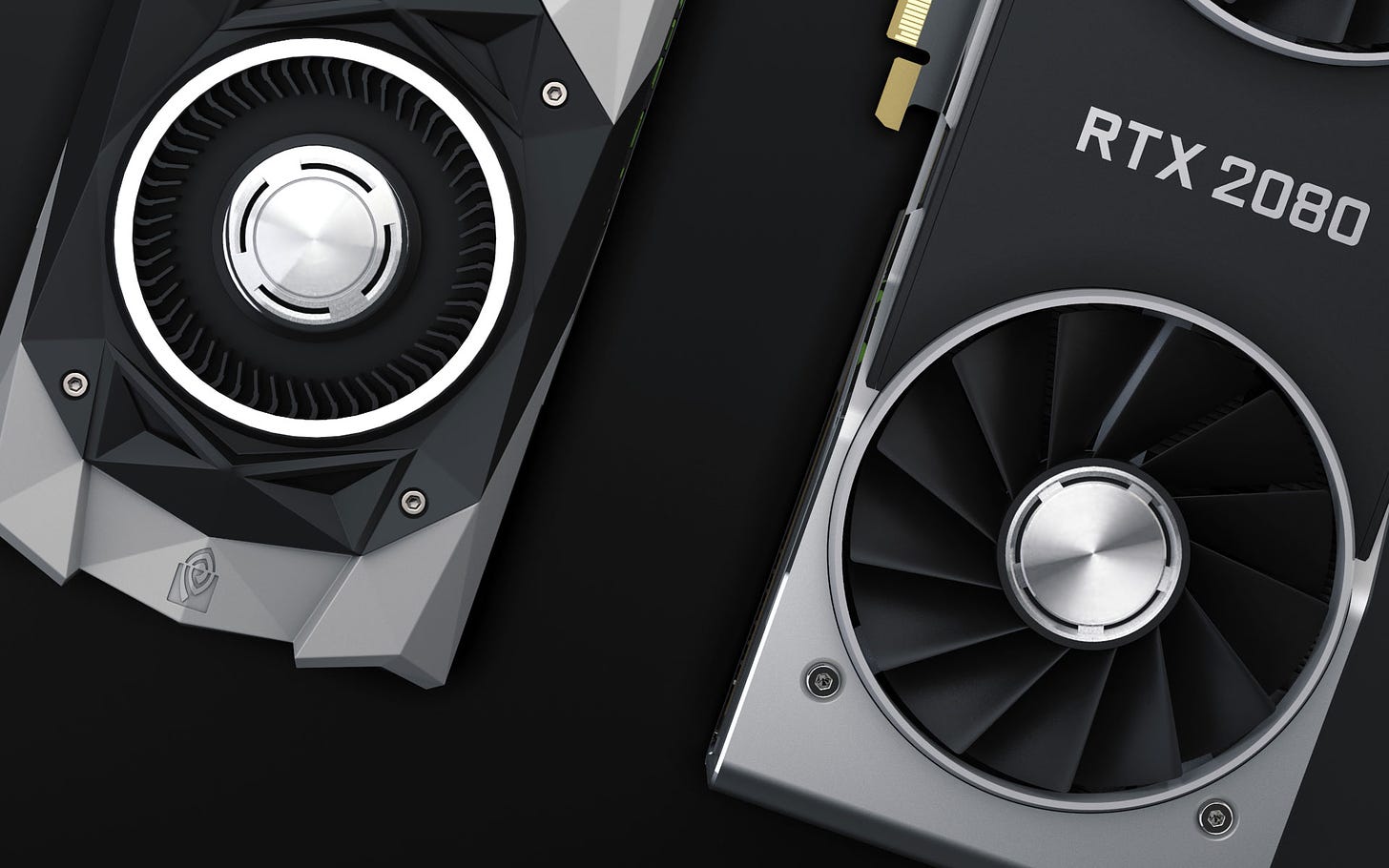AdaptiveSync to challenge G-Sync and FreeSync on PCs
VESA's standard for syncing Hz with FPS becomes official, but are nVidia and AMD onboard?

In terms of technologies designed for smoothing out frame rates in video games, PC gamers are rather spoilt for choice compared to console gamers: while the latter usually have to make do with Variable Refresh Rate (VRR), the former have had nVidia G-Sync and AMD FreeSync at their disposal for years now (as well as VRR with the latest generation of graphics cards). So it’s not like the PC crowd needed another standard for the same function, but it looks like it’s getting one anyway: VESA, the organization that sets the most commonly accepted interface standards for the computer industry, just announced its first official AdaptiveSync Display and MediaSync Display certification programs for PC and laptop monitors.
AdaptiveSync essentially strives to do what VRR, G-Sync and FreeSync have been already doing: synchronize the refresh rate of the display to the frame rate of the content coming from a source, in a way that presents the resulting moving image tear-free and stutter-free. VESA claims to have prepared “a comprehensive and rigorous set of more than 50 test criteria, plus an automated testing methodology and specific performance mandates” for PC monitors and laptop screens, through which these devices will be certified as capable of supporting AdaptiveSync. Manufacturers are then obliged to clearly note the higher number of synced refresh rate/frame rate their displays can achieve i.e. 144, 165, 240, 360 etc. Any AdaptiveSync-compatible screen must support a minimum range of 60Hz-144Hz in order to be certified.

MediaSync, as it is probably already evident by its name, is a standard designed to do something easier than AdaptiveSync: make sure that a display is capable of matching the exact frame rate of movies or TV shows. People that are into home cinema tech know that there’s a possible range of frames per second in video production of films or shows — from 23.976, 24 and 25 to 29.97 and 30, all the way to 47.952, 48, 50, 59.94 and 60. A display being MediaSync certified means that it can accurately match these frame rates in Hz (it should also be able to work at 48Hz while frame-doubling content created at 24 fps), eliminating any signs of jitter or flicker in the picture.
The good news in all of this is that AdaptiveSync and MediaSync are open standards, meaning that it costs nothing to manufacturers to support them (other than the work they need to do on their products on a firmware level obviously). So companies can add these certifications to the list of features their computer and laptop monitors offer without having to pay royalties to anyone for the privilege.

The bad news is that, for AdaptiveSync and MediaSync displays to work as intended, the graphics cards or graphics subsystems driving them will also have to be certified by VESA. If these standards can be added to a GPU’s feature set via software updates or driver enhancements, then all’s well. If they can’t, though, this could become a problem not just for graphics cards or graphics subsystems already on the market, but for the next ones too (development of the nVidia RTX 4000 series and AMD RX 7000 series should be practically complete by now). VESA has not officially announced any partnership with nVidia or AMD for certifying their GPUs as of yet, but this could change in the coming weeks and months. Stay tuned for more, then!


